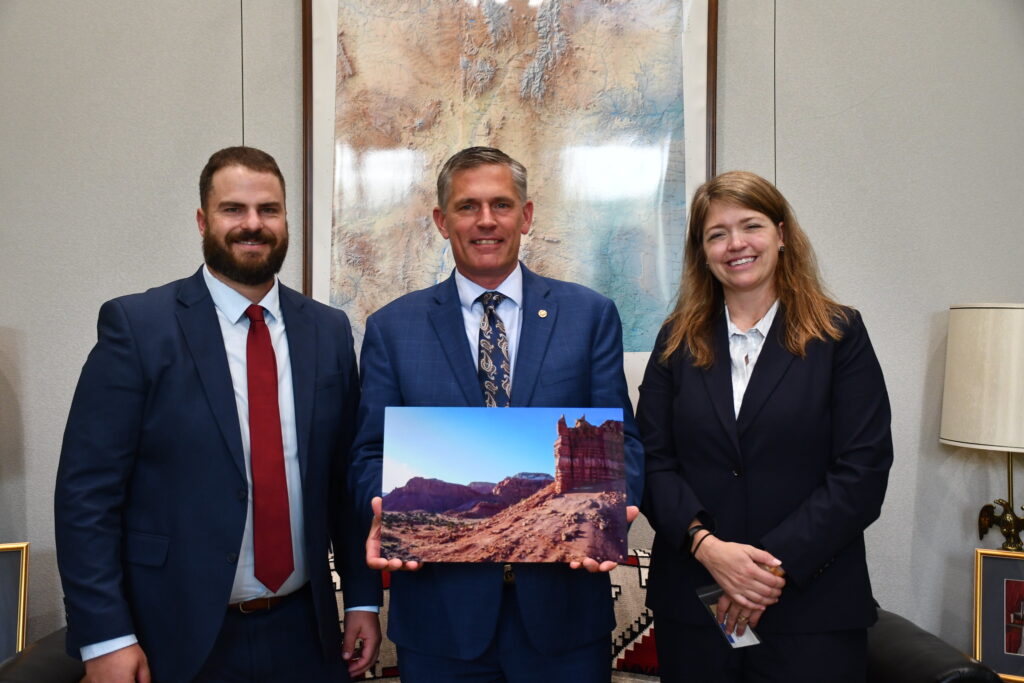Plan of work outlines the implementation of spatially explicit inventory and monitoring project to map summer habitats for greater (Centrocercus urophasianus) and Gunnison sage-grouse (C.u. minimus; herein sage-grouse) across occupied habitat (Schroeder et al. 2004), to include Priority Areas for Conservation (PAC) identified by the U.S. Fish and Wildlife Service Conservation Objectives Team (2013 COT Report). Mapping results will provide decision support for NRCS and partners to evaluate outcomes of the Sage Grouse Initiative (SGI) by assessing the benefits of conservation actions (protection, enhancement, or restoration) to summer habitats on working lands. Products will inform and refine future easement placement and habitats prescriptions to those keystone summer habitats that structure sage-grouse distribution and abundance.
Water scarcity in semiarid environments provides a model system to evaluate the role of mesic
resources in structuring the distribution and abundance of wildlife. We used remote sensing and point
process analyses to evaluate spatio–temporal variability in limited mesic resources in relation to greater
sage-grouse (Centrocercus urophasianus) distributions in Oregon, California, and northwest Nevada, USA,
1984–2011. We then link population distribution to changes in resource availability over time, space, and
land tenure. Despite encompassing only 2.4% of landscape area, mesic sites influenced sage-grouse breeding distributions as evidenced by significantly shorter lek to mesic resource distances in observed (5.3 km)
vs. predicted (8.2 km) values. Population abundance increased with proximity to mesic sites. Lag effects
evident in abundance and proximity trends of mesic resources suggest a level of drought tolerance that
moderated climatic variability. Mesic abundance and proximity remained relatively stable during the
study period in comparison to more dynamic climatic patterns. Drought effects were most pronounced
during multiyear events as evidenced by the 1987–1992 period that decreased mesic abundance >25% and
approximately doubled mean lek to mesic resource distances (4.8–8.3 km). In our study area, 75% of all
mesic resources were in private ownership, where the predominant land use is livestock ranching. Results
suggest a holistic conservation strategy inclusive of private and public lands is needed to ensure sagegrouse habitat requisites are met throughout the life cycle of this landscape species.



